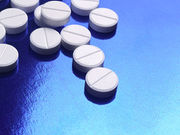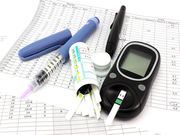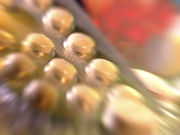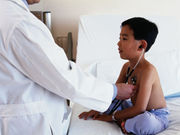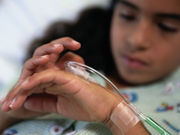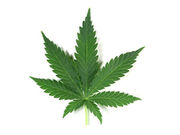Tag: Kids: Misc.
Medications Underutilized for Treating Youth Opioid Abuse
Few young people aged 13 to 25 receiving buprenorphine or naltrexone
PCSK9 Increased in Females, Youth With Type 1 Diabetes
Among youth with T1DM, PCSK9 linked to HbA1c, triglycerides, cholesterol, LDL cholesterol, ApoB
Metformin Tied to Decreased BMI z Score in Prepubertal Children
Notable increments also seen in quantitative insulin sensitivity check index, adiponectin-leptin ratio
Rate of X-Ray Can Be Reduced for Constipation in Pediatric ER
Rational subgrouping, stratification on statistical process control charts can cut abdominal radiographs
Intra-Op Liberal Fluid Therapy Effectively Cuts Post-Op Nausea
Liberal intraoperative fluid therapy linked to lower incidence of post-op nausea, vomiting in children
Researchers Target Zolmitriptan Dosing for Pediatric Migraine
Study supports body-weight dosing of 5.0 mg and 2.5 mg for children >50 kg and <50 kg, respectively
Comorbid Celiac Disease Common Among Youth With T1DM
Prevalence of celiac disease varied from 1.9 to 7.7 percent among children in U.S. and Australia
May 2017 Briefing – Pediatrics
Here are what the editors at HealthDay consider to be the most important developments in Pediatrics for May 2017. This roundup includes the latest...
Quality of Life May Drop for Some During Oral Immunotherapy
Patients with better QOL at baseline, might deteriorate after therapy
Cannabidiol Promising for Seizures in Dravet Syndrome
Greater reduction in convulsive-seizure frequency, higher rates of adverse events than placebo


